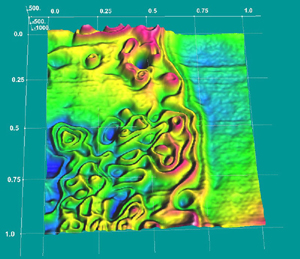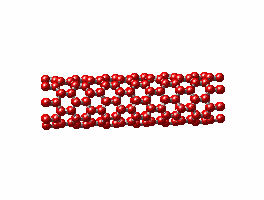As a result of the research I have been conducting on carbon nanotubes for one of my clients, I can make the following observations:
In the time since my 2003 survey (1), there are now a lot more varieties of nanotubes and nanotube-based products (resins and composites) being sold and used.
In general, prices have gone down. However, certain varieties remain very expensive, and none are “industrial quantities” cheap.
You can now buy bulk nanotubes in the $5 - $8 per gram range. They won’t be “pure.” They will, however, give you an opportunity to “play” with them without breaking the bank. (When you view the 2003 survey you will note low cost nanotubes; by and large these were small quantity lots, not kg quantities as is available today.)
Purity is definitely an issue; most producers of nanotubes now sell them based on “percent pure.” The higher the purity the higher the cost, well above $1,000 per gram in many cases.
Purity is related to “what percent is nanotubes and what is impurities” as well as “what percent is a certain type of nanotube, while the remainder is another.”
In recent conversations with one of the leading nanotube researchers and one of the leading visionaries of nanotube-enable products, I came away with a couple insights:
Nanotubes will be a huge part of the advanced materials world where strength and weight are primary concerns.
Given recent progress in production increases and reasons to believe separation issues will be solved soon, use of nanotubes in consumer products and military applications should start to take off within the next year or so. (For instance, CNTs are being added to most Li-ion batteries produced in Japan, and the US military has several near-future applications being jointly developed by industry, university and government labs.)
The visionary closed our conversation with “We can't talk publicly about what we are doing yet but, yes, 2007 will be an interesting year.” When their news hits the streets, expect big, bold headlines.
(1) http://www.nanotech-now.com/nanotube-survey-april2003.htm











